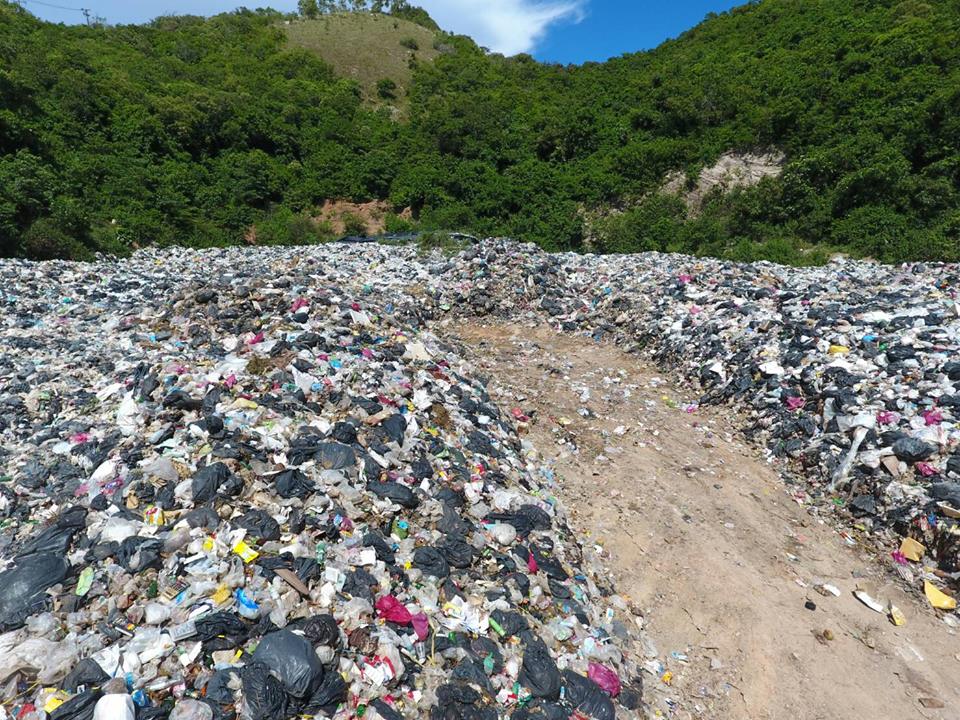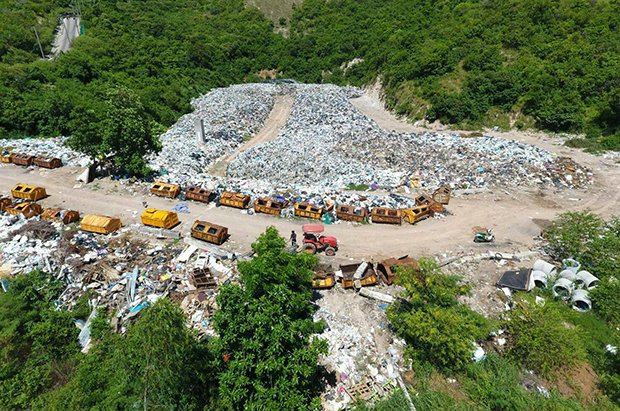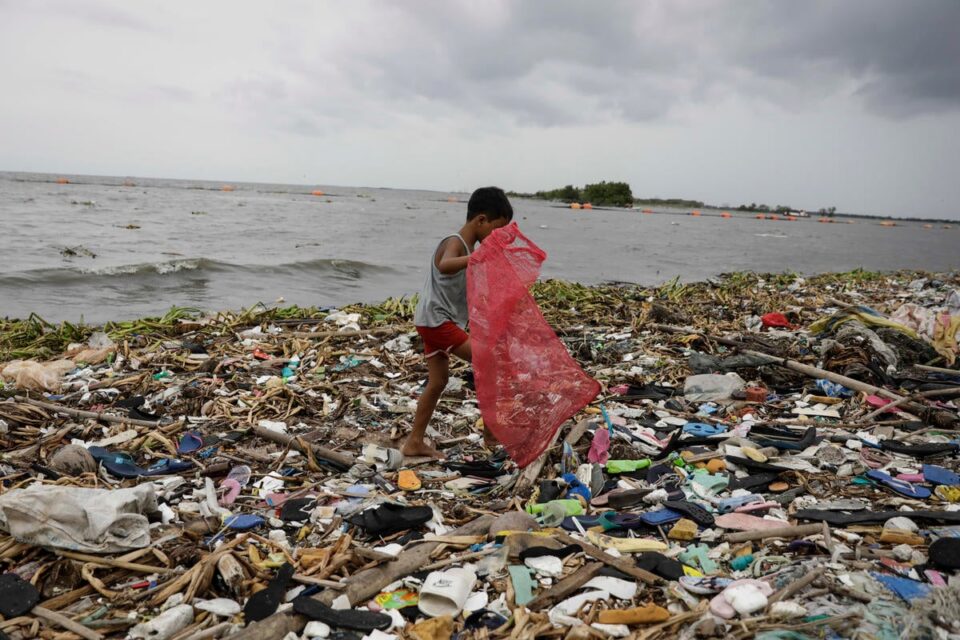For decades, Koh Larn, an island in the Gulf of Pattaya, has drawn thousands of domestic and international visitors. However, this has unavoidably resulted in a mountain of waste, creating a massive landfill on the little island.
According to Manoch Nongyai, deputy governor of Pattaya City, “On Koh Larn, approximately 10 tonnes of garbage were generated each day in the past, but because the number of tourists has increased, the amount of garbage has doubled.”Garbage mountain-

Every day, up to 25 tonnes of rubbish are thrown into this landfill. A total of 70,000 tonnes are thought to be present at the site, 20,000 of which are above ground.
Manoch stated that plastic waste made up the majority of the garbage in the area. Additionally, because this kind of rubbish cannot be destroyed by fire, we store wood and other construction materials towards the back of the dump.
Before the Interior Ministry implemented new waste management rules in 2015, the majority of Koh Larn’s trash was transported to Pattaya for disposal. As a result, the island’s waste soon began to accumulate.

“The new ministerial legislation mandates that we dispose of waste wherever it is created. Therefore, we can no longer ship the rubbish to Pattaya,” Manoch stated.
The community’s long-standing issue has been the heap of trash there. But there does now seem to be a route out.
The local government intends to finish constructing two incinerators this year, each of which can burn at least 50 tonnes of rubbish every day, including newly produced waste, from the dump. However, the deputy mayor estimates that it will take at least 7 years to completely burn all of the rubbish that has accumulated in the landfill.
Concerns about the damaging effects on the environment are also raised by rubbish burning. The usage of incinerators has been carefully reviewed, the deputy mayor assured, to lessen the impact on the environment and the locals.
“At first, we were quite concerned [about the negative effects], but then we looked into which type of incinerator would be most suitable for the island,” he said. So we chose a smoke-free incinerator that operates at high heat. Because [the landfill] is in the heart of the island, we don’t think it will harm the ecosystem or the island’s reputation. Therefore, we must protect the environment on the island.
Dealing with (plastic) trash
Greenpeace claims that Thailand generates roughly 4.7 million tonnes of plastic trash annually, of which 1.1 million tonnes are plastic bags, followed by plastic bottles, plastic cups and containers, bottle tops, plastic cutlery, and straws.
Thailand ranks sixth globally in terms of plastic garbage production, after the United States, which can create up to 42 million tonnes annually, the United Kingdom, South Korea, and Germany.
The consumption of plastic bags has decreased by 43% over the last three years, according to Prime Minister Prayut Chan-o-cha’s announcement earlier this month. The Thai government has also established a plan for addressing plastic trash and has ordered that by 2025, all imports of plastic debris from other nations would be totally prohibited.
A roadmap for managing plastic trash between 2018 and 2030 was previously provided by Thailand’s Pollution Control Department. Reduced single-use plastic usage and the adoption of a circular economy model for plastics are two objectives.
Manoch stated, “I think waste management is really important. “In certain rural regions, people sometimes bury their trash, which is not the best method of garbage disposal. If we continue to bury a lot of trash, especially the kinds that degrade very slowly or not at all, it will be hazardous to the environment. Burying trash is a waste of land.
Despite government-level measures, decreasing waste necessitates collaboration from all sectors, especially from visitors who should refrain from bringing plastic waste onto the island.
“I believe that open communication with the public is necessary because the government has been working hard to address waste management challenges, such as by outlawing the use of plastic bags and other garbage-related items. I believe it is important to urge people, especially in our community, to utilize biodegradable materials rather than items manufactured of plastic.





